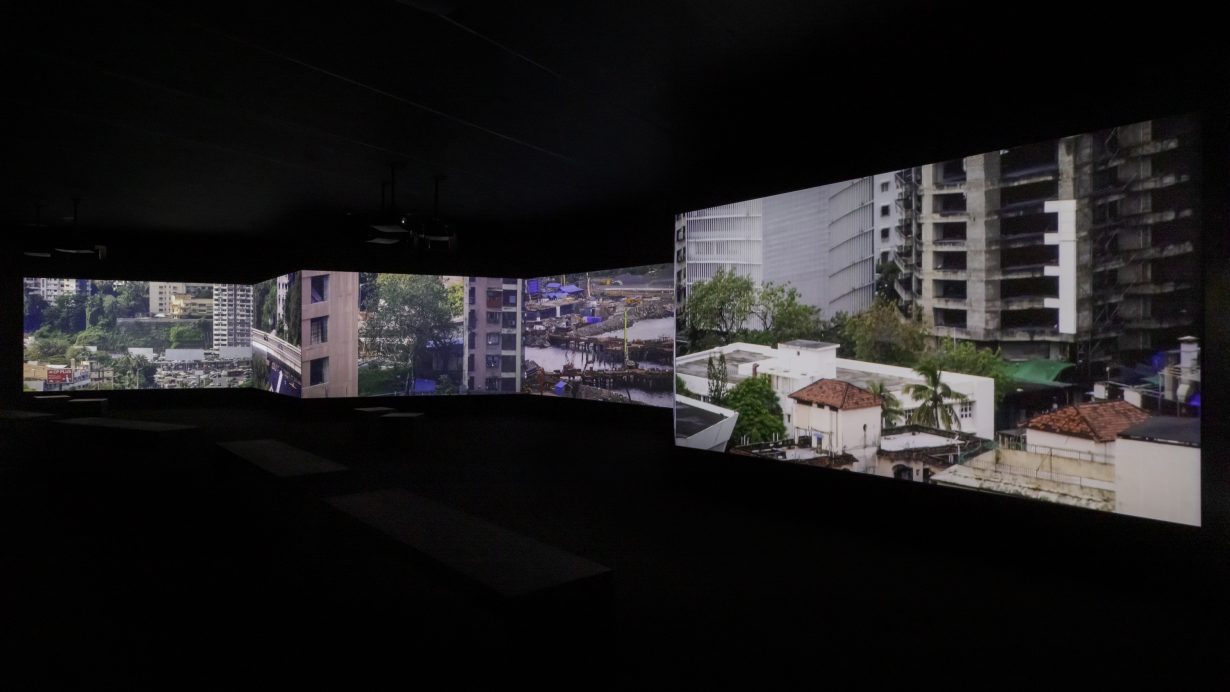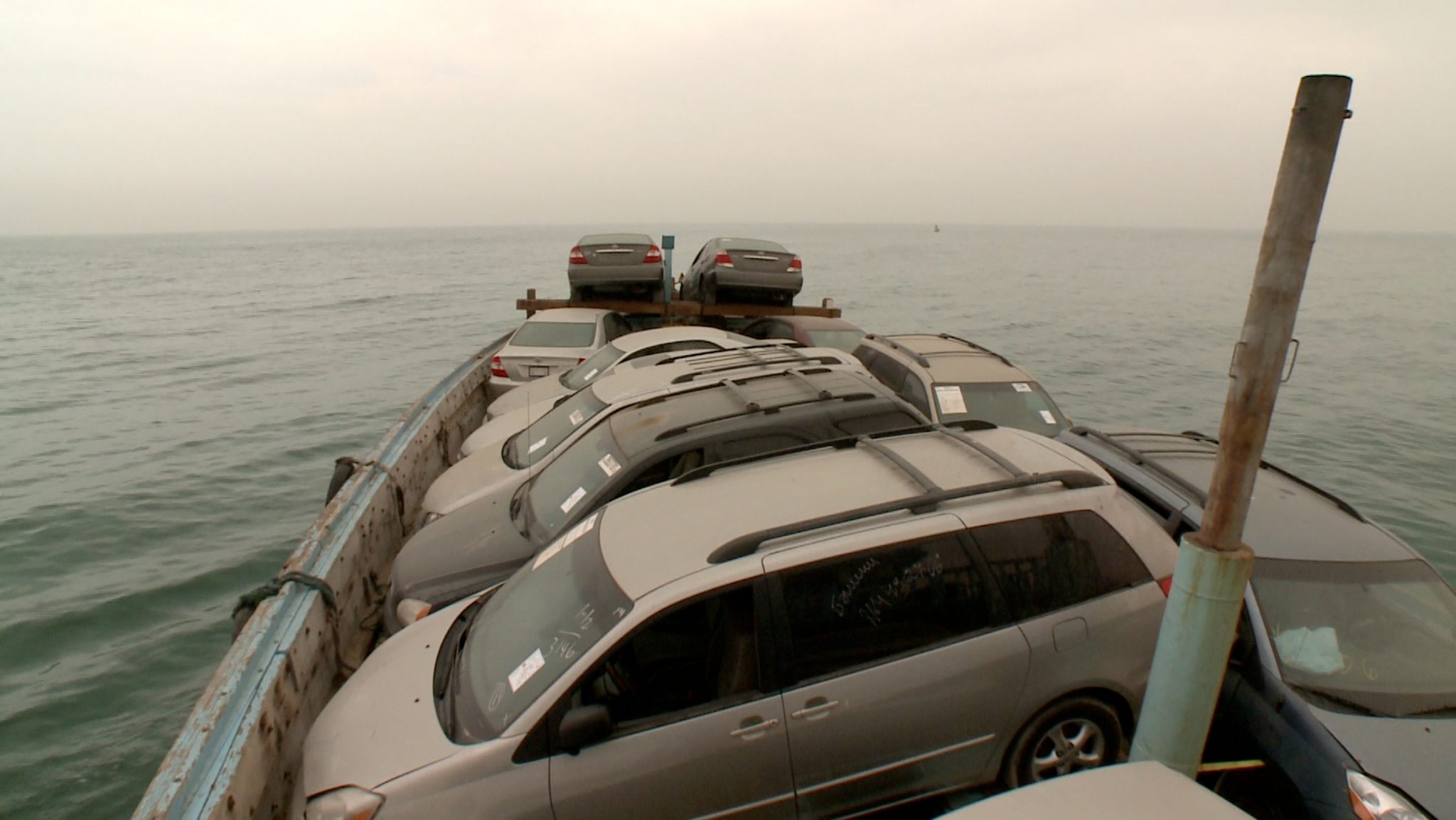The Mumbai-based artist studio resurfaces class struggle from the flattening force of globalisation
The conceptual approach of the Mumbai-based artist studio CAMP often involves navigating multiple publics through a cinematic language in which class struggle remains legible, surviving the flattening force of globalisation. Video After Video, the title of its first US survey, references both the ceaseless stream of moving images that bombards everyday life and the status of video art after the medium’s legitimisation by, and integration into, the apparatus of contemporary art.
The first of the three major works on view, CAMP’s feature-length film From Gulf to Gulf to Gulf (2013), is projected on a large screen in a darkened gallery. The vérité-style film is a collage of diaristic footage documenting moments of camaraderie between sailors who regularly traffic commodities and animals along the ancient trade routes between the Gulf of Kutch, the Persian Gulf and the Gulf of Aden, bypassing customs and health checks, on a wooden boat they built by hand. Running for almost an hour and a half and containing virtually no linear narrative, the work demands patience. Members of CAMP shot the footage while travelling with the sailors, who also contributed recordings of spontaneous interactions, made on their own smartphones, that might have otherwise gone unnoticed by the filmmakers. As a result, we see minimally edited, prolonged takes of ocean landscapes paired with melancholic pop songs about the pain of unrequited love; scenes of trade and exchange in Salalah, Bosaso and Mombasa; conversations between captain and crew debating maritime shortcuts; and shots of neon lights and yachts in wealthy Middle Eastern port cities evincing a mixture of aspiration and resentment. In a few striking moments, we also see pixelated sequences of ships burning or capsized by storms. A decade and a half later, these clips still feel fresh, thanks in part to video artists’ renewed interest in ‘poor images’, yet they also seem to depict distant memories. At one point in the documentary, CAMP inserts an intertitle foretelling that the sailors’ wooden boat would later capsize, a reminder of the risks inherent to participating in such clandestine economies.


Naturalism is renegotiated and frustrated in Khirkeeyaan (2006). Six episodes of conversations held between friends via CCTV cameras and cable TV connections in domestic and communal spaces across New Delhi’s ‘urban villages’ are shown in split screen on several monitors. Planted actors occasionally push these conversations into confrontations, asking, for instance, if love can result from transnational arranged marriage, or if a factory has been upholding best labour practices.
The mediating presence of the camera shifts Khirkeeyaan’s conversations into more impersonal registers, and similar concerns are revisited in the seven-channel video installation Bombay Tilts Down (2022). Here, a 4K CCTV camera, stationed within a highrise, clinically surveys the cityscape of Mumbai, capturing and collapsing the distances between environmental conditions, gleaming, reflective surfaces of skyscrapers and everyday activities within slums. The camera appears to have no agenda, lingering but never invested. CAMP’s installation, which illustrates how images, when accumulated, often lose their political connotations, might be adjacent to the late works of Harun Farocki, Chris Marker and Jean-Luc Godard, filmmakers who all used digital images to reflexively convey the operations of networked media rather than character psychology. Towards the end of each 13-minute loop, the voices of local poets can be heard singing Marxist songs, grounding the work in a moment of rare clarity. But regarding issues of class difference, CAMP offers no concrete solutions: again and again, in video after video, class relations are reified, despite all the images that make unsanctioned travel and muddy coexistence seem possible.
Video After Video: The Critical Media of CAMP at Museum of Modern Art, New York, through 20 July
From the May 2025 issue of ArtReview – get your copy.
